 |
RTI Director’s Notes
By Bruce Lippke
As reported in the previous newsletter, RTI is assisting
the Small Forest Landowners Office (SFLO) in developing
a database on small forestland owners, as |
mandated by the State Legislature. Since there is currently
no data standard for county level parcel data or GIS data, it
is not yet possible to provide reliable reports to the Legislature
on how important non-industrial lands are to the state, or how
they are being impacted by regulations. In order for the SFLO
to represent small owner interests, it must provide more informative
reports to the Legislature. RTI developed a data processing
program for the SFLO to bring county level tax records and GIS
information into a common framework for the generation of reports
and analyses. The article on page 6 provides some useful statistics
using this new database.
Ten case studies on the economic impacts of the Forest and Fish
regulations on small, non-industrial owners have now been completed.
A brief summary of this study appears on page 2. For more in-depth
analysis, please visit our website at www.ruraltech.org. The
case study |
results imply that
while the state's Forestry Riparian Easement program seems to
effectively mitigate for lost timber revenue; the program is
vastly under-funded for anything but low participation rates.
Furthermore, it does nothing to mitigate the loss in bare forestland
value, which is determined by the return from future timber
crops, and is the ultimate motive for maintaining the land as
forestland. We are beginning to develop case studies on alternative
plans that may provide a better long-term solution for the impacts
of the Forest and Fish Rules.
We are also beginning to develop case studies on road plans
and their costs. A rough estimate of road costs was developed
(see page 4) based on the Small Business Economic Impact Statement,
but we expect the variation of needs to be very large.
We also received a grant from the Forest Service to develop
a training module on how to lay out dry-site thinning regimes
that can lower the fire risk and thereby raise many non-market
values such as lower fire fighting costs, fewer losses from
fires, better habitat, carbon sequestration, and the value the
public places on a lower risk of forest fires. Cooperators include
federal forests in Washington and Oregon and the Collins Pine
Company, which has interest and
|
experience in energy
production. We expect this project to substantially increase
our knowledge on how best to manage dry-site forestland as dependent
upon local cost and market conditions.
Based on the success of our first year training programs a number
of courses are scheduled for this coming year. Training sessions
have been very well received by NIPFs, forestry consultants,
tribal foresters, and educators. A schedule of our training
offerings is shown on page 8. As an additional enhancement to
the capability of our staff, Kevin Zobrist, a graduating masters
student in forest economics, will be joining the staff full-
time and will be able to intensify his economic impact analysis
work. If you are interested in a more detailed report of our
activities, a 14 page activity report of our activities through
September has just been released. It covers all of the projects
we are involved in and we would be happy to provide you an email
or hard copy, upon request.
Bruce Lippke, Director
Email: rti u.washington.edu u.washington.edu
(206) 616-3218 |


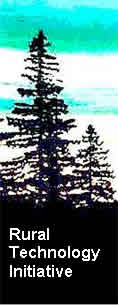 |
The Small Forest Landowners Database Project
|
By
Matthew McLaughlin
RTI Research Associate,
and Luke Rogers
SFLO Database Project Leader
When the Legislature authorized the creation of the Small Forest
Land Owner Office (SFLO), it also mandated the creation of a
database on non-industrial private forestland (NIPF) ownership
that could provide reliable reports assessing ownership patterns
such as information on watershed |
inflated number of NIPF on the tax records while understating
the size of many holdings.
An early conclusion was reached that some of the demands placed
on the SFLO database project were impossible to fulfill. Inconsistencies
in the data available from the counties and outdated data storage
programs and techniques became serious obstacles. Many counties
lack GIS data. Nevertheless this newly created database can
provide more information on NIPF ownership issues than was previously
available and if more attention is placed on the source data
by the counties the database reliability will improve.
In an attempt to verify information produced by the SFLO database,
comparisons were made with a 1999 statewide survey of Washington
and a 2001 survey of Lewis County. The statewide survey combined
the |
coverage, forest management
and housing. In April, an SFLO-NIPF database project was initiated
with RTI staff responsible for the development of the database
and processing program with the support of the SFLO and consulting
organizations.
In phase one, tabular data was collected from thirty-four of
Washington's thirty-nine county assessor offices. The database
team poured over thousands of records from all over the state
in search of the data needed to fulfill the project requirements.
Some sources were out of date requiring the hiring of private
data technicians to restore parcel data into a usable form.
Many sources were lacking pertinent information for tracking
regulatory challenges. Multiple naming conventions for the same
owner was a common problem resulting in an
|
results
of a survey conducted by the Social and Economic Sciences Research
Center (SESRC) of Washington State University with an over-sample
survey that was sent to Washington Farm Forestry Association
(WFFA) members throughout the state. RTI conducted the Lewis
County survey. The statewide survey consisted of 872 completed
questionnaires, and the Lewis County survey totaled 455. The
SFLO database represents the thousands of NIPF from every forested
county in Washington with the exception of Jefferson County
that has not yet released their parcel data. Even though the
surveys represent only 6 percent of the State's NIPF, they are
sufficient to draw useful comparisons.
|


(SFLO database project continued)
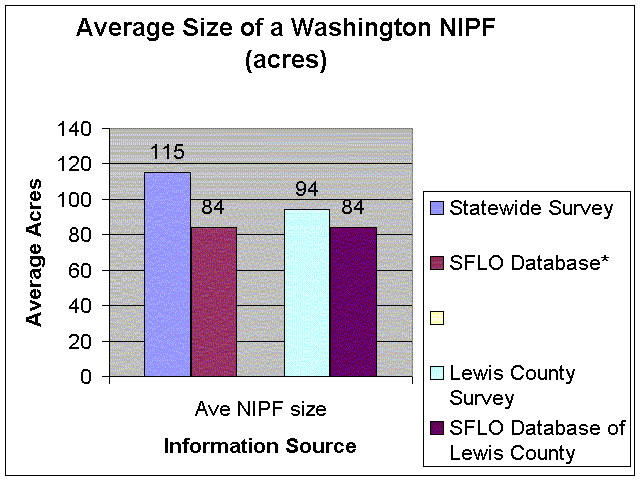
Figure 1 - Illustration of the disparity between the average
sizes of Washington NIPF before adjustments were made to compensate
for under-representation of NIPF that are less than 15 acres.
|
The state survey shows the average
size of Washington's NIPF to be 115 acres, notably larger than
the Lewis County finding of 94 acres, while also larger than
the SFLO database's estimate of 84 acres (Figure 1). Smaller
owners with less then 15 acres make up 16 percent of the total,
which if not adequately represented in a sample would significantly
alter the survey's results. To test this, the average NIPF size
of forestlands with less than 15 acres was determined from the
SFLO database. The result was nearly fifteen points closer to
the statewide average at 97.5 acres per NIPF, and perfectly
matched that of the Lewis County survey at 94 acres (Figure
2). |
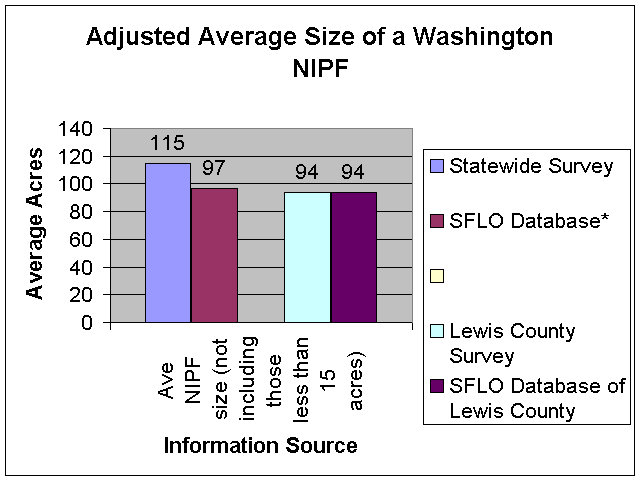
Figure 2 - Illustration of a noticeably diminished gap between
the average sizes of Washington NIPF after adjustments were
made to compensate for under-representation of NIPF that are
less than 15 acres. |
It is known that half of the survey
respondents own forestlands of less than 40 acres and half own
forestlands of more than 40 acres (the median is 40 acres).
Half of the respondents own plots that are far below the survey
average of 115 acres. It is likely that some very large NIPF
parcels included in the survey inflated the average forestland
size, and that the smaller parcels may not be adequately represented
in the results.
The SFLO database has known naming convention problems that
overstate the number of owners (providing a good upper bound
estimate) and understating the size of their holding (a lower
bound).
Other comparisons of interest include the range of NIPF sizes
that constitute the bulk of all the non-industrial private forestlands.
The Lewis County survey found that NIPF between the sizes of
20 and 100 acres accounted for 50 percent of total compared
to 46 percent in the statewide survey and 52 percent in the
SFLO database.
|


(SFLO database project continued)
| The functional potential of the program
is illustrated by showing the number of NIPF per county, and
the number of NIPF per square mile for each county, just two
of many measures characterizing NIPF ownership patterns. In
spite of the noted deficiencies in the reported data, the SFLO
database appears to offer a comprehensive source to provide
information on NIPF to the Legislature. The project has also
served to highlight the need for a unified standard in data
entry and storage while demonstrating the broad scope of possible
uses of such a system. The improvements should concentrate on
applying Geographic Information Systems (GIS) to the many applicable
tasks found in county management. |
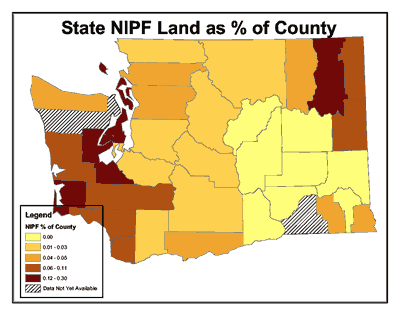
Figure 3 - Washington State Non-Industrial Forestland as
a percentage of the counties area. Stevens County in Northeast
Washington is 30% NIPF owned, King county is slightly over 2%.
|
There are currently ten western and
four eastern counties that are equipped with GIS technology
and utilize it as a powerful tool for spatial analysis as it
relates to demographics. The counties with GIS provided the
most complete data in a format that was easily transferable
to the broader database. As more GIS data becomes available
and improvements are made in the consistency of county data
collection, the SFLO database will make it possible to track
changes across the NIPF ownership, report on the impacts from
the regulatory process, and measure its effectiveness.
For more information on the progress of the SFLO database
project, please contact Luke Rogers at: lwrogers u.washington.edu u.washington.edu |
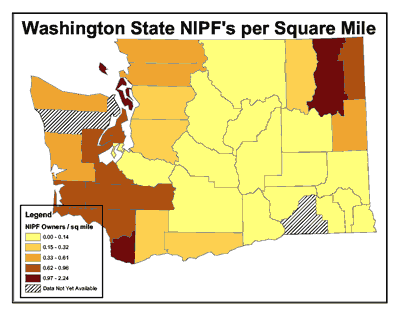
Figure 4 - The number of Non-Industrial Forestland Owners
per square mile in Washington State. Stevens County has 1.85
NIPF owners per square mile, King County has 0.25 and San Juan
County has the most with 2.25. |


Ten Case Studies Examine Economic Impacts of Forests and Fish
Rules on NIPF Landowners in Western Washington
Kevin Zobrist
College of Forest Resources
University of Washington
RTI has completed ten case studies in an effort to better understand
the economic implications of Washington's new "Forests
and Fish" rules on small, non-industrial private forestland
(NIPF) owners in Western Washington. The new permanent rules,
which went into effect on July 1, restrict timber harvest in
a three-zone riparian buffer along any potentially fish-bearing
streams. The purpose of the case studies is to examine how bare
land values, total forest asset values, and future cash flows1
for small landowners are impacted by the new harvest restrictions.
By comparing case studies, we were able to see the extent to
which there is a disparity of impacts between different small
landowners. We also compared different riparian management options
to see how economic impacts were influenced by these choices.
In addition, we assessed the compensation available for each
case study under the Forestry Riparian Easement (FRE)2
program to see how effectively the program would mitigate economic
losses. The case studies ranged in size from 32 acres to 320
acres. Six of the case studies are located in Lewis County,
while the remaining four are in Grays Harbor County.
The results show a wide range and disparity of impacts between
landowners in our study. Assuming that no harvesting is done
in the riparian zone, decreases in forest value ranged from
25% to as high as 87% (Figure 1). These losses would be reduced
considerably, however, by harvesting in the riparian zone to
the maximum extent allowed by the rules. The range and disparity
of forest value losses would be reduced even further by participating
in the FRE program. If the landowners in our case studies harvested
in the riparian zone and participated in the FRE program, forest
value losses would be reduced to a much narrower range of 0%
to 12%.
|
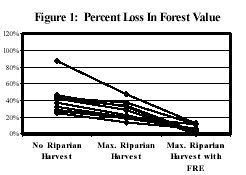
The results were very similar for the net present value (NPV)
of cash flows over the next 50 years (Figure 2). Losses can
be extreme if no riparian harvest is done, but they can be reduced
substantially by harvesting allowable timber in the riparian
zone and participating in the FRE program.
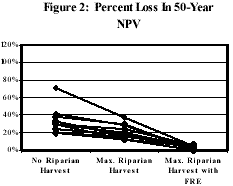
|


(Ten Case Studies continued)
Bare land
values (SEV)3 were particularly sensitive to the
new rules, with losses from 23% to as high as 120% using a 5%
interest rate (Figure 3). While these losses can also be reduced
by managing in the riparian zone, they are not improved by the
FRE program. The FRE only compensates for currently standing
timber; it does not compensate for the loss in long term timber
productivity due to riparian harvest restrictions. Thus the
losses in bare land values, as supported by the timber income
from future harvests, would still range from 12% to 75% even
with maximum harvest in the riparian zone and participation
in the FRE program. This has important implications for the
decision to reinvest in forestry at the end of the current rotation,
and it may motivate increased land-use conversion.
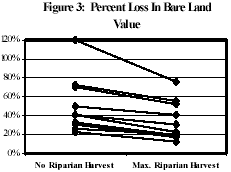
Despite its failure to protect bare land values, the results
of the case studies indicate that the FRE program can effectively
mitigate economic losses in short-term cash flows and total
forest value. This is especially true if maximum harvest is
done in the riparian zone. Interestingly, most small landowners
who have submitted forest practices applications under the new
rules have chosen not to harvest at all in the riparian zone.
The reasons for this are unclear; future surveys may help us
better understand this trend.
|
If participation in the FRE program is high, it will likely
be very expensive. Estimated easements that would be paid
for these ten case studies alone total $2.3 million over the
next 45 years, with a present value of almost $1 million.
It is uncertain how many small landowners will actually participate
in the program. In a recent survey of NIPF owners in Lewis
County, 66% of the respondents were unaware of the program,
and almost a third of the respondents were not interested
in learning more about the program. These sentiments may change
as more information about the program becomes available. Even
with low participation, though, the total cost of the program
statewide could be substantial, and as of yet the adequacy
and permanence of the funding has been tentative.
It is important to note that this initial study did not evaluate
all potential economic impacts from the new rules, including
harvest restrictions on unstable slopes, economically inaccessible
areas, and new harvesting equipment requirements. There are
also significant potential road impacts on NIPF landowners
from the forests and fish rules. A road cost summary has been
prepared based on information from the SBEIS (see article
in this newsletter), but these figures are not site specific.
We plan to review these cost estimates in conjunction with
road case studies to examine more site specific road impacts.
Additional case studies are underway to broaden the range
of site conditions, including several eastside case studies.
1 A 5% interest rate was used
for the analysis in this study.
2 The Forestry Riparian Easement (FRE) program
offers cash
compensation at the time of harvest to participating landowners
for a certain percentage (usually 50%) of the stumpage value
of the timber required to be left under the new rules.
3 Bare land value or soil expectation value (SEV)
estimates the economic value of bare land based on its ability
to generate income through the production of timber.
|


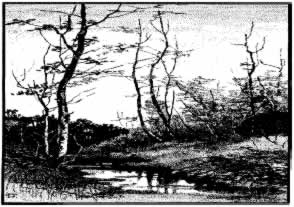
NIPF Road Upgrade and Stream Crossing Costs under Washington Forest
and
Fish Regulations
A summary prepared by: Bruce Lippke and Jane Edelson,
Rural Technology Initiative
College of Forest Resources, University of Washington
June 25, 2001
Information on stream crossing and road maintenance costs
were collected for the Small Business Economic Impact Statement
(SBEIS). The sample on costs was very small. Estimates of costs
were collected from forest consultants and operators covering
a high cost to low cost range that might be representative of
a range of different sites. These were not estimates for actual
operations. It would take a substantial effort and additional
time to develop and conduct a more comprehensive survey.
While using these cost estimates is subject to a substantial
degree of uncertainty, they appear to be the best that are available.
Cost estimates for each stream crossing type were provided by
DNR, a large company, and several forestry consultants/engineers.
These costs were applied to the SBEIS sample of 98 sections
for western Washington and 66 sections in eastern Washington.
These samples were then scaled up to the total forested acreage
in the state based on the USFS Forest Inventory Analysis for
state and private lands. The Small Business sample was scaled
to the total non-industrial acres in the state and also reduced
to the share not affected by the 20-acre exemption. It should
be noted that a large percentage of small businesses on the
Westside are exempt.
The estimated small business road and stream crossing improvement
costs are as shown on the next page.
The SBEIS study assumes a 5.8% discount rate and spreads these
costs over 15 years to arrive at a discounted present value
for the total cost. There is little doubt that these costs will
be front loaded in time, however the actual time pattern of
expenditures is very uncertain. If the 15-year period is a reasonable
guess, the annual cost rate would be about $25 million per year.
The more critical issue is, can the small owners source the
cash flow for these costs? An acceptable road plan must be in
place before one can obtain a harvest permit resulting in a
large cost obligation before revenue would be available from
harvesting. The acceleration of some harvests to provide some
of the cash for road and stream crossing cash needs can be expected,
as this is one of the few available sources of funds for small
owners. |


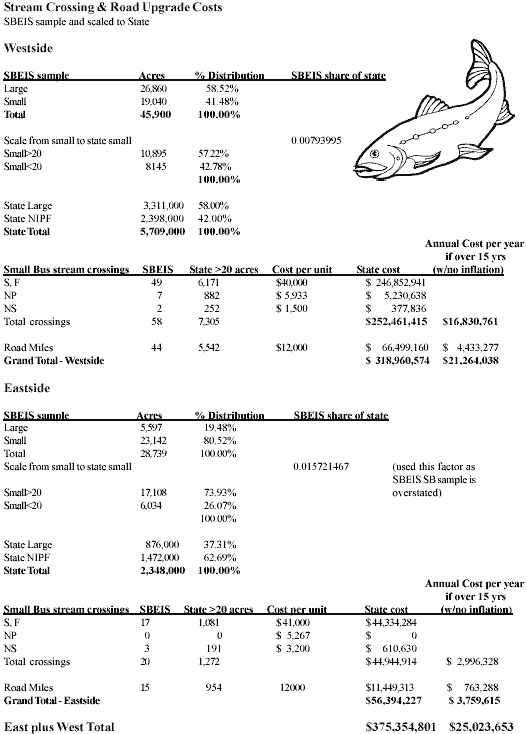
 
Conferences and Symposia
|
Small Diameter Timber: Resource
Management, Manufacturing,
and Markets
February 25 - 27, 2002
West Coast Grand Hotel at the Park
Spokane, Washington
|
9th Annual
NIPF Forester's Workshop
Friday, January 26, 2002
8:00 a.m. to 4:30 p.m.
Coeur d'Alene Inn
Coeur d'Alene, ID
|
|
Managing densely stocked stands of small diameter trees is
a complex challenge.
Collaboration of land managers and researchers is essential
to increasing the knowledge of how management activities can
be used to enhance forest health and ecosystem integrity as
well as meet diverse societal needs.
The objective of this symposium is to draw attention to the
national significance of the small diameter timber resource
through new developments in management, harvesting systems,
manufacturing products using small-log processing and wood
drying practices, and market issues for wood products made
from small trees.
This conference presents results of completed and ongoing
activities related to management and utilization of densely
stocked stands of small diameter trees.
For more information contact:
Program: David Baumgartner 509-335-2964
Registration: Ann Brelsford 509-335-2811
Symposium Sponsors:
Rural Technology Initiative
Creating Opportunities (CROP) Consortium
Pacific Northwest Station, U.S. Forest Service
Colville National Forest
Washington State University
Inland Northwest Forest Products Research
Consortium
Inland Empire Society of American Foresters
Symposium website:
ext.nrs.wsu.edu/small-diameter
|
Non-Industrial Private Forest (NIPF) lands are vital to the
economy and quality of life in the Inland Northwest. These
lands are increasingly valued for wildlife habitat, timber
production, scenic quality, and many other purposes.
Unique skills are required of individuals who help NIPF land
owners manage their property. This program is designed to:
- Strengthen the skills of consulting foresters, stateemployed
service foresters, and other natural resource professionals
who work with NIPF owners.
- Serve as a forum to provide updates on emerging technology
and knowledge applicable to non-industrial private forestry.
If you have questions on the program contact:
Chris Schnepf, Area Extension Educator - Forestry
University of Idaho, Coeur d'Alene.
Phone: (208) 667-6426. E-mail: cschnepf uidaho.edu uidaho.edu
Peter Griessmann, Area Extension Agent - Forestry
Washington State University, Colville.
Phone: (509) 684-2588. E-mail: pgriessm wsu.edu wsu.edu
|


Training and
Continuing Education
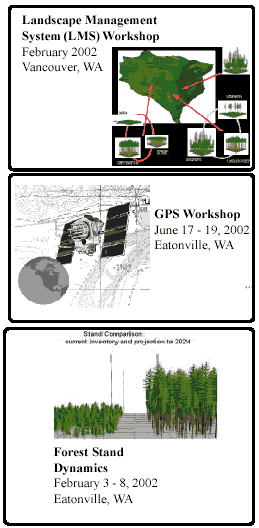
For more information please contact:
UW College of Forest Resources: 206-543-0867
CalendarWebsite:
www.cfr.washington.edu/outreach/cecal/
cecal.html
|
Forestry Images Library Available
Online
RTI receives frequent requests for forest related images. A
web-based internet library is now available on the RTI web page,
providing copyrightfree forest ecology and natural resource
management images that can be downloaded at no charge.
Access the image archive from the RTI web site at www.ruraltech.org
and follow the image archive link on the project page. By image
sharing, we hope to expand this resource to eliminate the problem
of obtaining images.
RTI staff will be happy to receive either digital or hard copy
images by upload, email, or snail mail. A one sentence descriptor
is required for each image for search functions and recording
image origins.
|
 
Readers may send comments to:
Bruce Lippke, Director RTI
CFR, University of Washington
Box 352100
Seattle, WA 98195-2100
Phone: 206-616-3218
email: RTI u.washington.edu u.washington.edu
Janean Creighton, Editor RTI News
Department of Natural Resource Sciences
Washington State University
PO Box 646410
Pullman, WA 99164-6410
Phone: 509-335-2877
email: creighton wsu.edu wsu.edu
|
|























